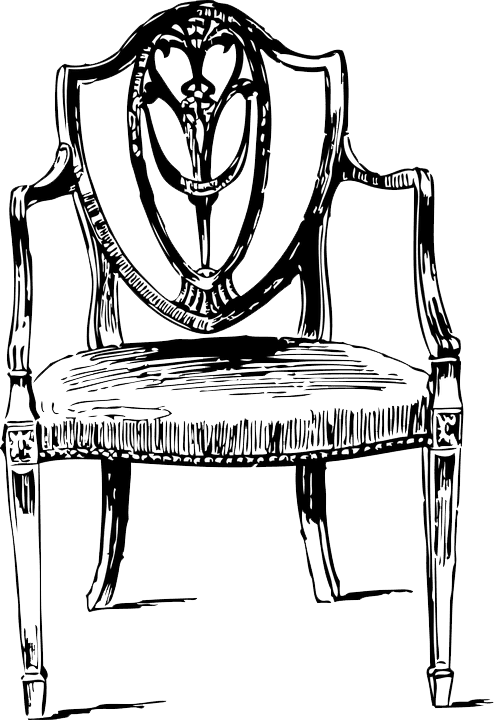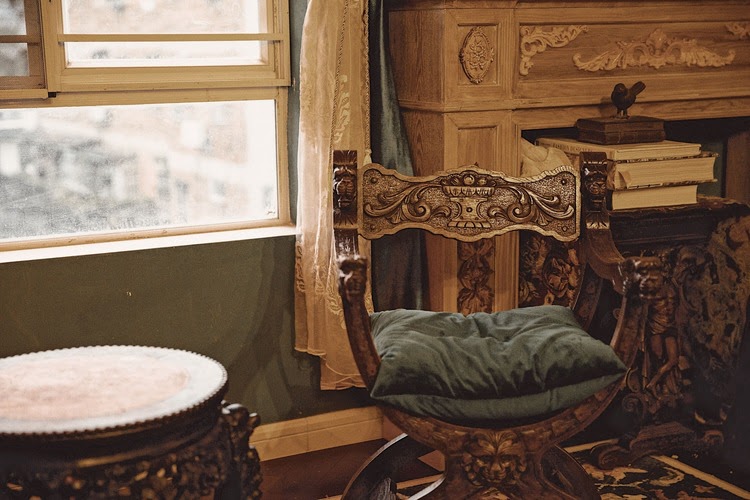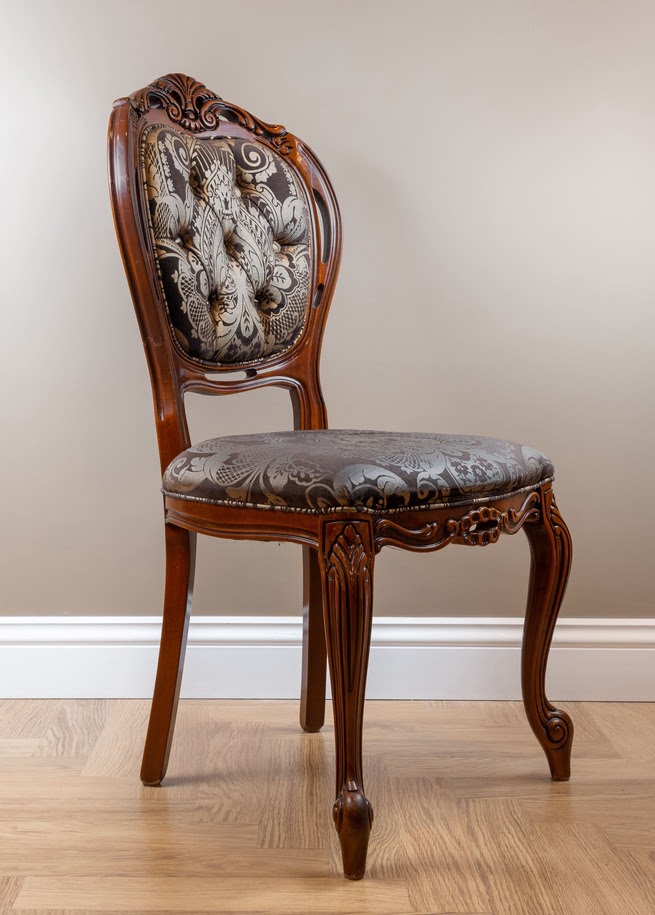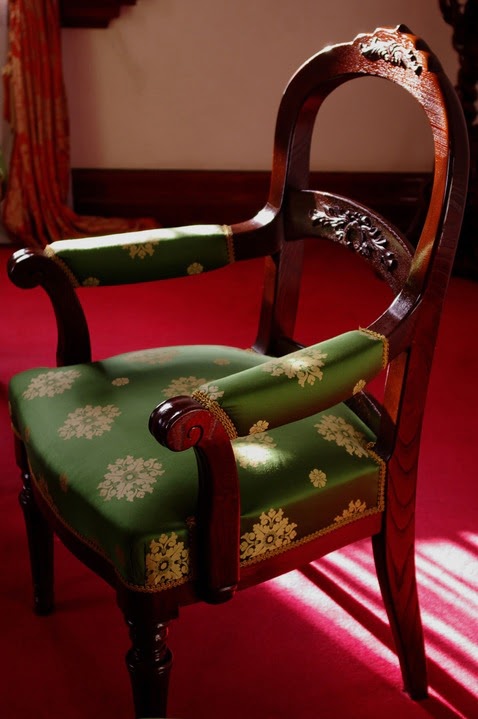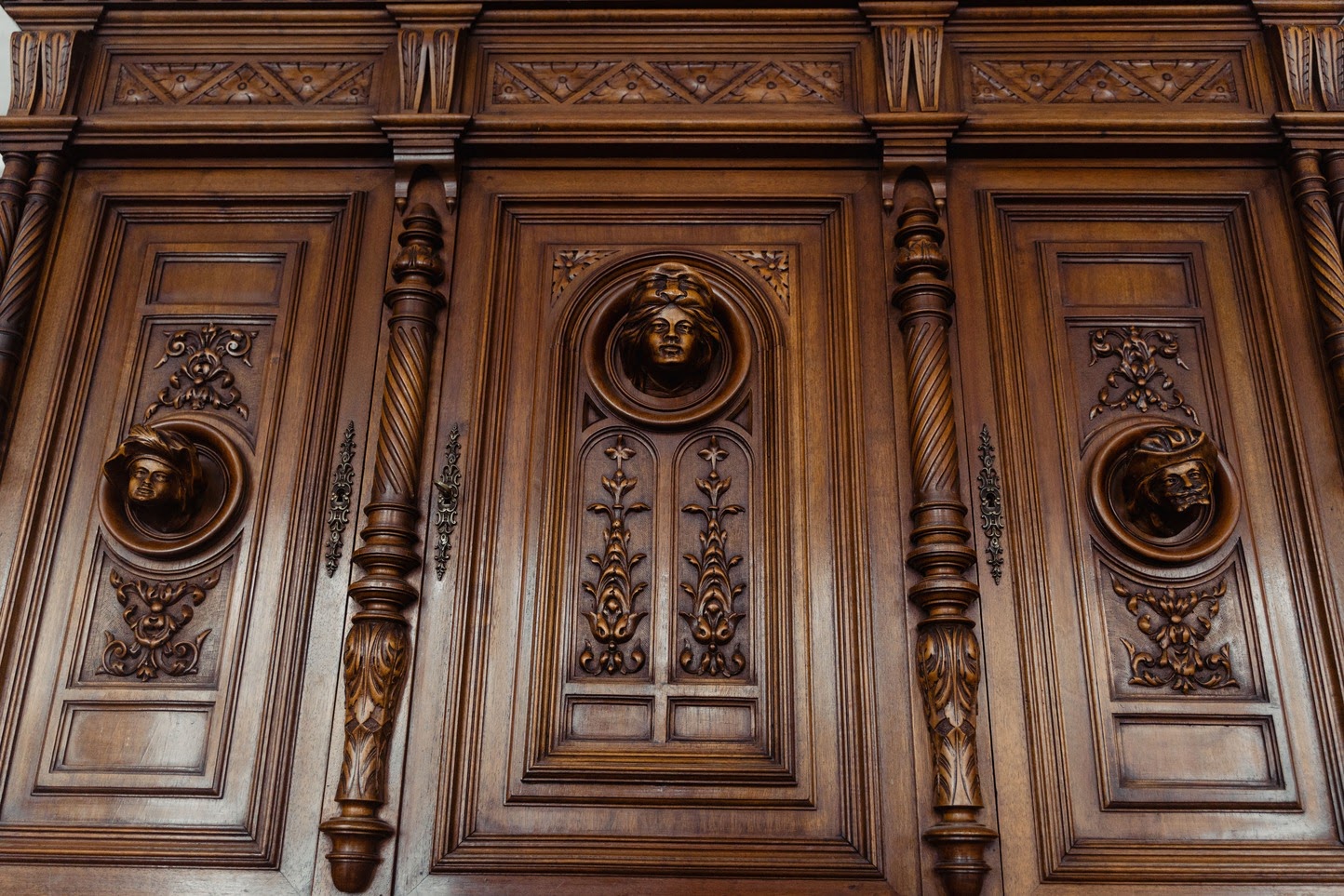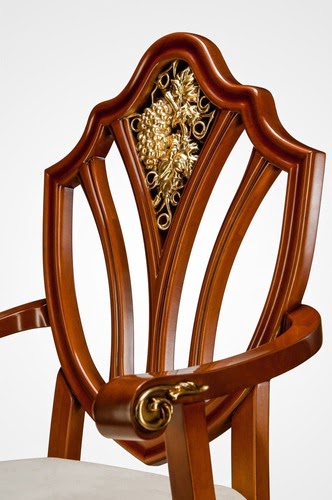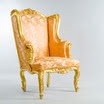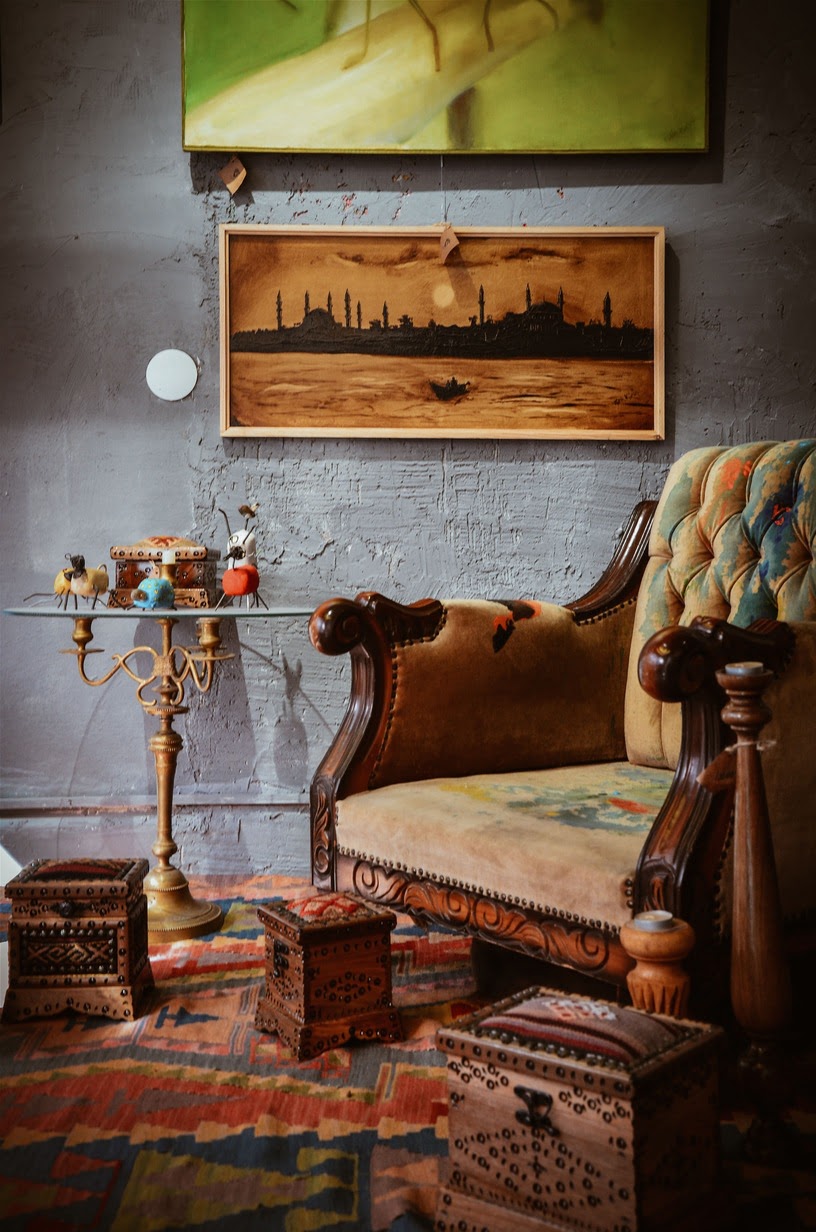
Wood Antique Furniture
Antique wood furniture is made of wood and is often older than a century. For its exquisite craftsmanship, historical significance, and beauty, it is highly prized. Antique wooden furniture is frequently seen as a luxury good and is highly sought after by both collectors and enthusiasts.
Wooden antique furniture can be found in a variety of patterns and styles, from elaborately carved items from the Baroque and Rococo eras to simpler, more utilitarian items from the Arts and Crafts movement. Mahogany, walnut, oak, cherry, and maple are some of the most popular woods used in antique furniture; each has certain attributes and traits of its own.
The level of craftsmanship that went into making antique furniture is one of the factors that makes it so beautiful. Many pieces of antique furniture were totally handcrafted with ancient methods and tools. Modern furniture, which is frequently mass-produced with the aid of machines and assembly lines, frequently falls short of the amount of detail and complexity found in these items.
